On the early morning of December 31, 2014, a good news from PubMed Central has flown through the Editorial Office: Translational Lung Cancer Research (TLCR) has passed the evaluation and is officially indexed by PubMed! (Figure 1) This is one more milestone for TLCR as an acknowledgment of its expansion and dedication to translational research of lung cancer and will tremendously advance its continued exploration in the field.
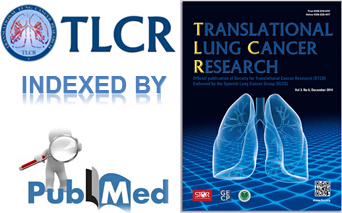
Figure 1. Translational Lung Cancer Research
Founded in March 2012, TLCR has been dedicated to providing cutting-edge findings in the rapidly changing field of lung cancer, while providing practical up-to-date information on diagnosis, prevention, and treatment. The goal of the journal is to provide readers with new, well-constructed, informative, and educational information. The Editors-in-Chief are Professor Caicun Zhou from Shanghai Pulmonary Hospital, Professor Yong Song from the Nanjing General Hospital of Nanjing Military Command, and Professor Rafael Rosell from the Pangaea Biotech, Dexeus University Institute, Catalan Institute of Oncology.
Since November 2013, TLCR has been endorsed by Spanish Lung Cancer Group (SLCG) (1). In January 2014, a new office of TLCR was established in General Hospital of Nanjing Military Region, Nanjing, China. (Figure 2)
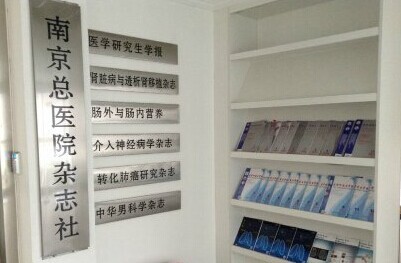
Figure 2. One Scene of the TLCR’s editorial office in Nanjing
Over the past three years, TLCR has published a totality of 16 issues, among which there are focused issues led by the international experts in the field of lung cancer, including Profs. Rafael Rosell, Robert Pirker, Heather Wakelee, Paul Van Schil and others (Figure 3). By providing a comprehensive landscape of a specific topic, these focused issues were proved to be well-received with a unique structure and format allowing tremendous progress in our ongoing understanding and sharing of knowledge (Figure 4).
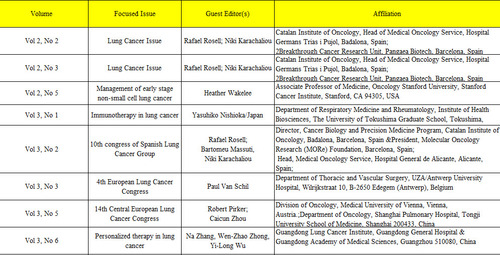
Figure 3. The focused issues published on Translational Lung Cancer Research
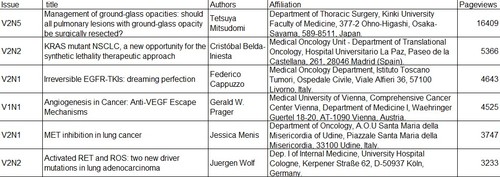
Figure 4. The most viewed articles published on TLCR
Particularly, in 2013 Prof. Rafael Rosell and Dr. Niki Karachaliou organized two focused issues on lung cancer in collaboration with the authors from different countries. The two issues cover the new approaches for screening and diagnosis, new target therapy, prognosis and predictive molecular markers and other advanced treatments. They were then delicately translated and made into a Chinese guidebook by Prof. Song Yong and his team to meet the need of a huge population of Chinese physicians, surgeon sand healthcare workers.
This October, TLCR published a special issue dedicated to the 14th Central European Lung Cancer Conference (CELCC), guest-edited by Profs. Robert Pirker and Caicun Zhou. The issue was acclaimed for its great content and exquisite layout design on the CELCC congress in Vienna (2). (Figure 5)
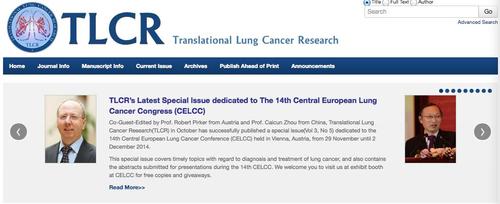
Figure 5. Announcement of the special issue for CELCC Congress
Centering on the research highlights, the 2014 December Issue of TLCR also provide profound discussions on the latest clinical research outcomes upon lung cancer recently presented at this year’s ASCO meeting.
To embrace the forth coming 2015, TLCR is going to publish the following new focused issues and special column (Figure 6).
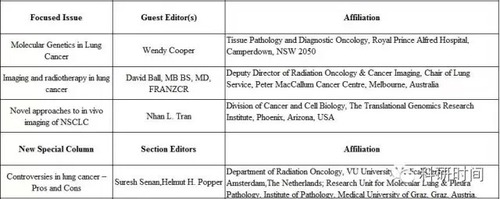
Figure 6. Upcoming issues of TLCR
In the end, we would like to express our highest appreciation to the distinguished Editors-in-Chief and editorial board members, respectable authors and readers worldwide for their lasting support and contribution to Translational Lung Cancer Research. Thanks to your joint efforts, TLCR is finally indexed by PubMed on the last day of 2014 after its inclusion by Medscape. With more confidence, TLCR is working hard toward a robustplat form with increased impact for the education, communication and exploration of the international researchers and clinicians.
Reference
1. TLCR is endorsed by the Spanish Lung Cancer Group (SLCG): new horizons for strong academic collaboration in lung cancer. https://www.tlcr.org/announcement/view/61
2. LiG. Highlights in the 14th Central European Lung Cancer Conference (CELCC).Transl Lung Cancer Res 2014;3(6):414-419. doi:10.3978/j.issn.2218-6751.2014.12.04
